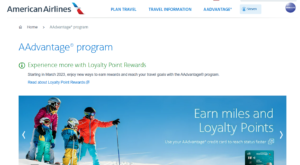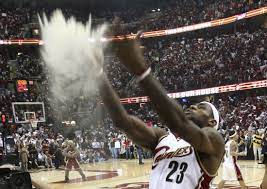Creativity and Brand Strategy
Creativity is serendipity. At least it is for me. When cranking out ideas for brand strategies I’m drawing from past experiences, cultural observations, linguistics and even the subconscious. Nothing happens in a vacuum. And to quote Faris Yakob a wonderfully lyrical brand strategist, ideas are recombinant. Not sure I’ve had an original idea in my life.
Creative people — or should I say those paid to be creative — are forever in search of the new expression of an idea. The fresh. The never done. But we know that the recombinant notion applies here as well. Even music is a combination of notes. Banging the music metaphor a bit more, creatives are looking to play more jazz than pop in their ideation. But the finished product, the published product, often ends up being pop. (Insert client here.)
What differentiates a creative output from that of a brand strategist is one is guided by a sales intention while the other is freeform. Unbridled creativity gathers attention for attention’s sake. When attention and “freshness” are achieved to the satisfaction of the creative mind, then strategy might be backed in. Tagged on. Bolted on.
In the creativity game, the primary goal is to engage or entertain the brain to fire off a synapse. Done well, brand strategy does both: fire off the synapse yet with a bias to purchase. It’s not easy. And to straddle both needs, the brand strategist cannot be boring. S/he must inspire. Otherwise, you are making advertising. Hee hee.
Peace.




